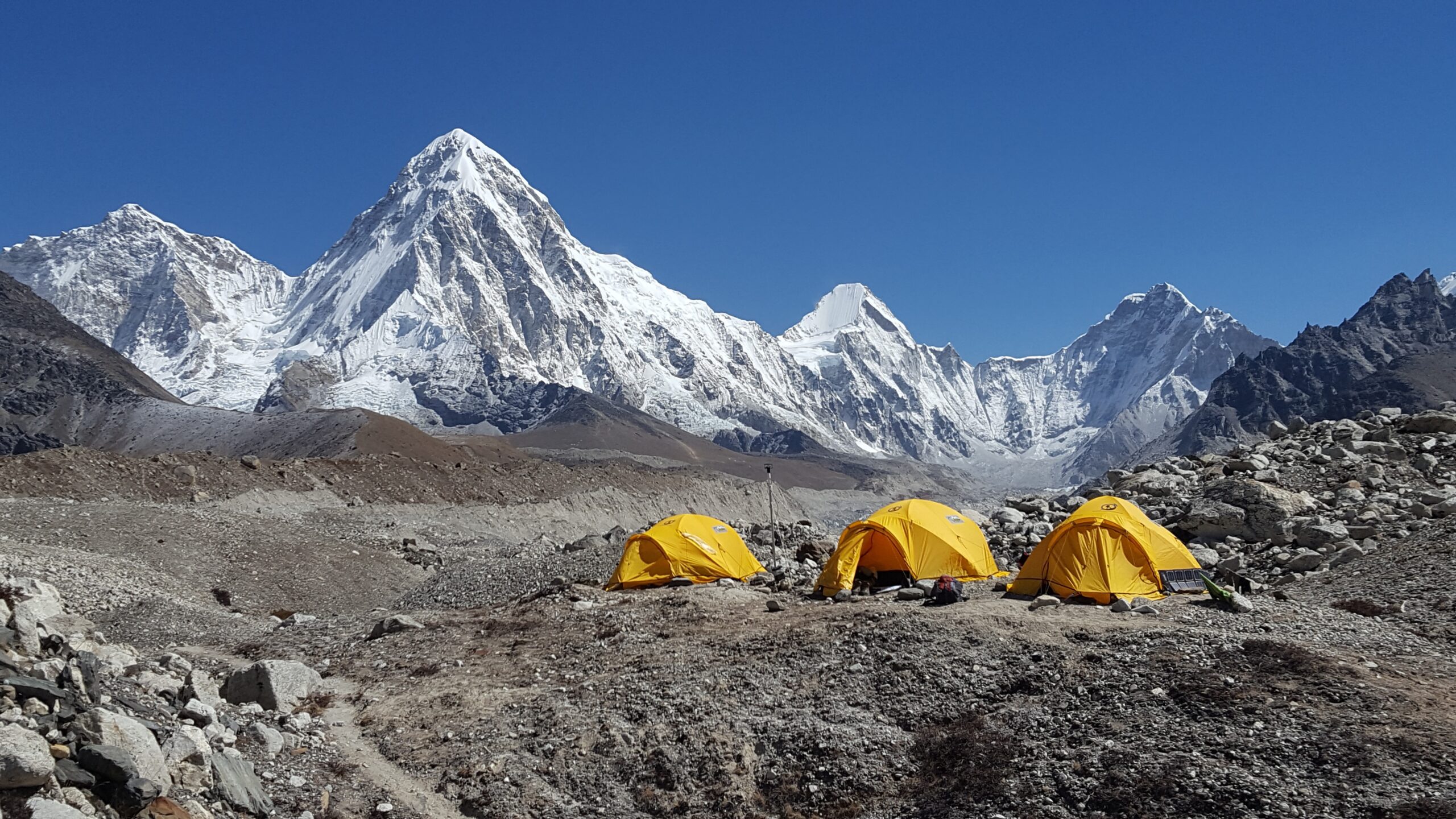Niva Bupa Launches ‘Rise’ for India’s Missing Middle
Bengaluru 24th March 2025 : Niva Bupa Health Insurance Company Limited (Formerly known as Max Bupa Health Insurance Company Limited) – one of India’s leading standalone health insurers has unveiled ‘Rise’—a health insurance plan designed to make quality healthcare more accessible for India’s “Missing Middle.” With several industry-first features that deliver value and flexibility, ‘Rise’ is set to redefine affordability and accessibility in health insurance.
‘Rise’ has been designed after comprehensive consumer immersion with consumers in the middle class segment residing in both large and small cities of India to understand their lifestyle, needs and preferences. The interactions revealed insights that people in this cohort have seasonal income and are looking for tangible benefits to manage their health due to lack of good primary private health care. Based on these insights, Niva Bupa has created an affordable and customised health insurance product which offers not just comprehensive coverage to customers but also provides them the option to choose whether they prefer to get treated in a private network hospital or a government hospital. This, coupled with unlimited digital consultations and an option to pay premium as per their convenience makes ‘Rise’ a perfectly suited health insurance plan for this customer segment.
In India, the “missing middle” population, as defined by the NITI Ayog report published in October 2021, refers to individuals who earn too much to qualify for government-sponsored health schemes but too little to afford premium of a private health insurance. This segment, comprising of nearly 40 crore Indians, which includes a significant portion of the middle class, is particularly vulnerable in times of medical emergencies, as they face the financial burden of high healthcare costs while lacking adequate coverage. Without access to affordable health insurance, many individuals in this group resort to depleting their savings or borrowing to cover medical expenses, leading to long-term financial instability. Expanding access to affordable health insurance for the “missing middle” is essential for improving healthcare outcomes, preventing medical debt, and fostering economic stability in India. ‘Rise’ is intended to bridge the gap of inadequate coverage for India’s “missing middle” with unique customised benefits to especially appeal to this customer segment.

Key Features of Rise:
- Flexi-Pay Benefit: A significant portion of India’s population works in an informal sector; self-employed, own small businesses, daily wage earners and gig workers; with inconsistent monthly incomes. In order to provide affordability to this group, for the first time ever flexi-payment has been introduced for purchase of health insurance cover, wherein customers can start their policy by paying a token amount of just 20% of the total premium amount and pay the rest anytime during the policy tenure. The sooner they complete the payments, the higher the discount they receive.
Example – For a total premium of INR 10,000, the customer just needs to pay INR 2000 (20% of 10,000) token amount to start the policy and pay the balance premium anytime within the policy tenure. In order to keep the policy active, the customer just needs to pay INR 400 (5% of the balance premium of INR 8000) as monthly subscription.
- Smart Cash Benefit: The plan offers something to the customer even when they wish to avail treatment for free in a government hospital. If the customer decides not to visit a private hospital and does not make a claim under the ‘Rise’ policy for their treatment, they can claim a guaranteed cash pay-out of ₹5,000 from Niva Bupa upon submission of his discharge summary from the government hospital to take care of their post-treatment expenses.
- Return Benefit: Yet another industry-first feature being introduced with ‘Rise’ is return of 50% of total premium paid by the customer as an additional sum insured, over and above the base sum insured. So, for a 10,000 premium INR 5,000 will be returned back to the customer as additional sum insured. This amount will accumulate for lifetime with 10% Bonus being added on the accumulated amount every year. No Waiting Period or Exclusion will be applicable on this ‘Return’ Sum Insured.
In addition to these benefits, the product offers unlimited digital consultations in 16 vernacular languages so that customers can consult with general practitioners anytime, anywhere, unlimited times. ‘Rise’ comes with host of optional benefits which provides customers the option to modify their room type category, remove capping of INR 50,000 on modern treatment and increase the limit up to base sum insured.
Commenting on the launch of Rise, Dr. Bhabatosh Mishra, Director – Underwriting, Products & Claims, Niva Bupa Health Insurance, said “At Niva Bupa, we are committed to delivering innovative solutions that cater to the evolving needs of our customers. Rise is not only a step forward in bridging the insurance gap for India’s Missing Middle but also aligns with IRDAI’s vision of Insurance for All by 2047. This plan ensures that health insurance is affordable, flexible, and tailored to the needs of our underserved population, empowering individuals and families with access to healthcare and financial security.”
Rise is an affordable health insurance plan that would cover comprehensive range of healthcare expenses, including coverage for all treatments needing 2+hours of hospitalization, domiciliary and home care treatment as well as 60 days’ pre and 180 days’ post-hospitalization expenses.
The plans are available in Individual, Multi-member and Family floater variants and will have zone-wise pricing starting from as low as just INR 6,416 to INR 8,669 for a 35-year old individual for a 10 lakh sum insured.
| Coverage Type | Zone 1 | Zone 2 | Zone 3 | Zone 4 |
| 35 Year Old for Self only | 8,669 | 7,802 | 7,802 | 6,416 |
| Individual Policy for Self & Spouse with age 35 and 32 years | 15,605 | 14,044 | 14,044 | 11,546 |
| Floater policy (2A) with age of eldest member being 35 years | 14,375 | 12,937 | 12,937 | 10,637 |
| Floater policy (2A1C) with age of eldest member being 35 years | 18,222 | 16,400 | 16,400 | 13,484 |
Note: All premiums shown are for Sum Insured of 10 Lacs and inclusive of 18% GST.
With ‘Rise,’ Niva Bupa is making health insurance more flexible, rewarding, and accessible than ever before, ensuring that every Indian has the confidence to seek the best healthcare without financial strain.
Rashmi Gupta’s Comic Take: “Villains Have the Best Expressions on Screen!”
Speaking about her journey, she shares, “In Sun Neo’s Rishto Se Bandhi Gauri, I am playing the character of Mahuwa, who is like a sweet knife gentle but sharp if you ask me about positive and negative roles, I have explored both. Positive characters have their own challenges and fun, but I feel that somehow my look or my acting style makes me get more offers for negative roles. I believe that just like positive roles, negative characters also have their own difficulties. In fact, negative roles give actors a lot to do. Even if there are no dialogues, one can express emotions through facial expressions and eye movements.”

Why Is Everest’s Glacier Heating Up? Experts Launch Investigation
March 25th, 2025: A team of researchers is making final preparations for a trip to Mount Everest in Nepal next month to explore why the ice of one of the mountain’s most iconic glaciers is so close to the melting point.
The expedition will take them into the Western Cwm, where they believe that intense radiation from the sun is melting the snow even when air temperatures are below freezing. As the meltwater refreezes it can warm the snow by several degrees, creating glacier ice that is much closer to the melting point than has previously been realised.

If they are right, this is a process that may also be happening on other glaciers across the Himalaya, the meltwater from which sustains many millions of people below.
The researchers from the University of Leeds and Aberystwyth University will be operating at over six kilometres above sea level and half a kilometre above Everest Base Camp, where they will drill into the glacier and use the boreholes to record ice temperatures.
They will have to negotiate the infamous Khumbu Icefall – regarded as one of the most demanding sections of the South Col route to Everest’s summit – while their equipment is transported by helicopter.
Once settled on the glacier, the team will be camping on ice with nighttime temperatures dipping below -10 °C. With the Team operating in a low oxygen environment, the effects of altitude on the body can be profound, and the researchers will check on each other every couple of hours to prevent the development of altitude sickness.
Professor Duncan Quincey from the School of Geography in Leeds is leading the team. He said: “This trip will be the most physically and logistically demanding expedition I’ve ever been part of, and the unknowns are plentiful – we’re worried about whether our equipment will work at such high elevations, and if it does work whether we will be able to collect and export our data effectively.
“Although we have worked at and around base camp on half a dozen occasions previously, this is the first time we have continued up-glacier and above the icefall. This means we’re exploring new ground, and only a handful of scientists have walked this path before us. If we manage to capture any data, then they will be genuinely the first of their kind.”
The new project follows previous findings by the researchers which showed that the temperature of the ice in the lower parts of Khumbu Glacier is warmer than would be expected given the local air temperature.
Glaciers in the highest mountains of the planet are an extremely important source of water, with millions of people – including many in Nepal, Bhutan, India, Pakistan and Afghanistan – depending on Himalayan runoff.
Changes in the rate of glacier thawing would threaten this water supply, which is routinely used for irrigation, sanitation and hydropower purposes, particularly in the mountain foothills.
The United Nations General Assembly has already proclaimed 2025 as the International Year of Glaciers’ Preservation to raise awareness about the vital role glaciers, snow and ice play in the climate system and water cycle, as well as the far-reaching impacts of rapid glacial melt. And today UNESCO (The United Nations Educational, Scientific and Cultural Organization) will begin celebrations of the very first World Day for Glaciers. The day will be marked annually on 21 March.
The Everest researchers hope their work will give them a new understanding of processes and changes that are relevant for all glaciers in similar settings world-wide and indicate the extent to which other glaciers within the Himalayas may also contain unexpectedly warm ice.
Professor Bryn Hubbard from Aberystwyth University’s Department of Geography and Earth Sciences said: “It may surprise many that snow could be melting at sub-freezing air temperatures high up within Everest’s Western Cwm, but the possibility needs to be investigated and measured. These temperature measurements will improve computer models that are used to predict future changes in glacier extent and water supply – particularly important in this heavily-populated and water-stressed region.
“For this project, we will build on Aberystwyth University’s expertise in borehole drilling and sensor development to record ice temperatures deeper into the ice and at higher elevations than ever before attempted. Since, at these elevations, we can no longer rely on power from combustion motors, we plan to use energy from solar, battery and propane to drill boreholes some tens of metres into the ice. We also plan to use satellites to send real-time data back from the Western Cwm directly to our computers in the UK, reducing the number of future trips required to download and service the equipment.”
One of the world’s leading high-altitude climbers and alumnus of the University of Leeds, Kenton Cool, will be on Everest at the same time as the research team as he embarks on his nineteenth ascent of the mountain
“This expedition to Everest is arguably the most important scientific expedition to the mountain for nearly 20 years. Not only will the team be battling the rigours of high altitude and the dangers of the mountain, but they will be conducting groundbreaking glacial science at over 6400m, findings from which will potentially impact millions of people,” he said.
“Being a Leeds Alum myself I’m proud to be associated with this expedition to a mountain that holds a very special place in my heart. I look forward to not only spending time with the team in Nepal but also to learn about the importance of their research.
“I wish Professor Quincey and his whole team the very best in the last few weeks before their departure.”
